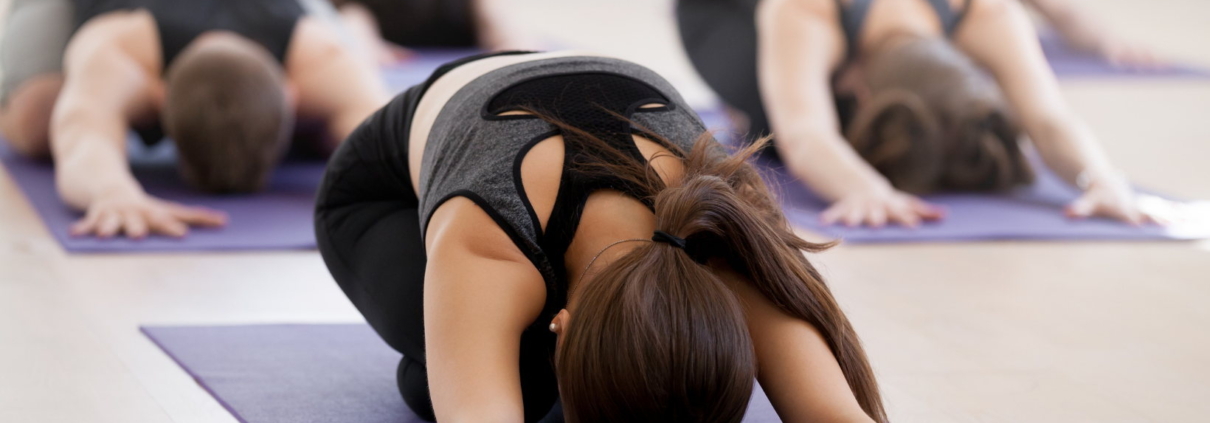Stretching is super important for our daily health, let alone for helping us make the most of our workouts. We do it naturally all the time, without even thinking about it, especially when we’ve been sat at our screens for too long. The instinct to have a stretch is our body’s way of telling us that stretching is good for us.
Benefits of Stretching
Stretching offers numerous health and fitness benefits:
- Relaxation:
It’s an excellent way to cool down and relax after an invigorating workout. Research has shown that stretching can lower blood pressure and improve the function of our arteries. It’s a natural stress buster.
- Increased flexibility:
As we get older, our muscles grow shorter and tighter and we become less flexible. As a result, we become more susceptible to injuries. Stretching is an effective way to maintain and increase flexibility, making it less likely we pick up a niggle when we exercise or play sport.
- Improved circulation:
Stretching increases the blood flow to the muscles. This nourishes them and helps to get rid of waste byproducts in the tissue.
- Reduced pain:
Muscle tightness is often a common cause of low back pain. Short, tight muscles restrict movement patterns and compensation, which can lead to lower back pain. A regular stretching routine can help solve this common problem.
When to stretch
At Tring Sports Centre we always encourage members and class attendees to stretch before and after sport and group exercise. Before we start stretching, it’s important to warm up the muscles with some low intensity, cardiovascular exercise such as jumping jacks or light jogging on the spot.
Before and After: Dynamic and Static Stretching
Dynamic stretches should be used before your workout or game. These controlled movements get the muscles and other soft tissues ready for the upcoming activity by increasing muscle temperature and reducing stiffness.
Examples include:
Walking lunge: With hands on hips, step and lunge. Your knee should not pass in front of your ankle.
Torso twist: With feet shoulder width apart and arms at your side bent at a 90° angle, gently twist your torso from side to side
Leg swing: Front to back slowly until you meet your natural resistance
Static stretching is extending the muscle to a point where you can feel it starting to resist. While this process increases flexibility and thus, decreases the risk of injury, it is best performed after a workout/activity or as a part of your stretching maintenance routine. This is because performing these types of stretches before a strenuous workout can limit the speed with which our muscles respond.
Examples include:
Hamstring stretch: With your back flat and knee straight (not locked), extend your leg and lean forward. Feel the stretch in the back of the leg
Quadriceps stretch: Holding your ankle, pull the leg back toward the buttock to stretch the front of the thigh.
Posterior capsule stretch: Holding your opposite arm just above the elbow, pull the arm across the body to stretch the shoulder.
Stretching Tips
Warm up. It’s not a good idea to stretch cool muscles. A light warm up, as mentioned above, will help make your muscles more pliable and ready for stretching.
Breathe. Breathe slowly and deeply into a stretch. As you exhale, you may feel yourself naturally sink a little deeper into the stretch.
Take it easy. Never force a stretch. Instead, gently ease your way into it and let your body dictate how far you can go. Push to far and you may injure yourself. You’ll find your flexibility will naturally increase over time, the more regular your stretching routine becomes.
Get into a routine. Half and hour 3 to 5 days per week is ideal. The more regular your stretch, the better your results.
Want to learn more about stretching? Well, just join us at any of group exercise classes – we’d be delighted to see you there.
Kim O’Hanlon
Lead Instructor – Tring Sports Centre

